Understand
The fascinating history of Geoagiu dates back to the 1st century BC, during the time of the Dacians. Exciting archeological discoveries provide evidence of the early settlements in this area. Following the Roman conquest, the Romans constructed the fort of Germinsana in the 2nd century, but interestingly, it retained its original Dacian name. The name "Germisana" was derived from the term "hot water," indicating that the Dacians were already aware of the area's thermal springs. Another theory suggests that the name originated from the Hungarian word for "curative," as it may have referred to the healing properties of the river Gygy. However, the most likely explanation is that it stems from the Hungarian word "di" (nut as fruit) with the suffix "-d." Over time, the name transformed, with various spellings appearing in historical documents. In 1291, the name "Geoagiu" (written as "villa Gyog") was first mentioned in official records, highlighting its significance as a nearby land to Bintinti (now the village Aurel Vlaicu).
Map & Climate
Popular Foods
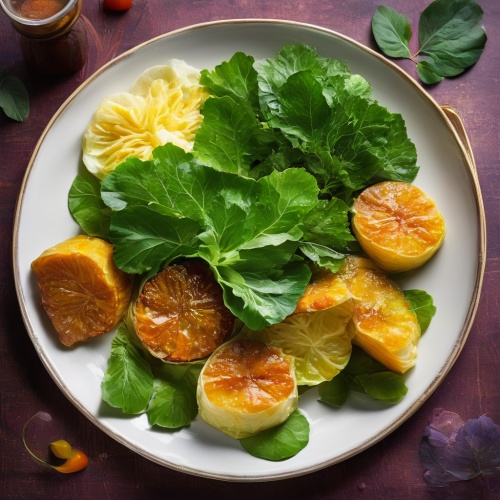 Sarmale - Sarmale represents traditional Romanian cuisine at its finest. These cabbage rolls are filled with a mixture of minced pork, beef, rice, and onions, seasoned with various spices. The whole concoction is then slowly cooked in a rich tomato-based sauce. This hearty dish is often served during festive occasions or as comfort food on chilly days.
Sarmale - Sarmale represents traditional Romanian cuisine at its finest. These cabbage rolls are filled with a mixture of minced pork, beef, rice, and onions, seasoned with various spices. The whole concoction is then slowly cooked in a rich tomato-based sauce. This hearty dish is often served during festive occasions or as comfort food on chilly days.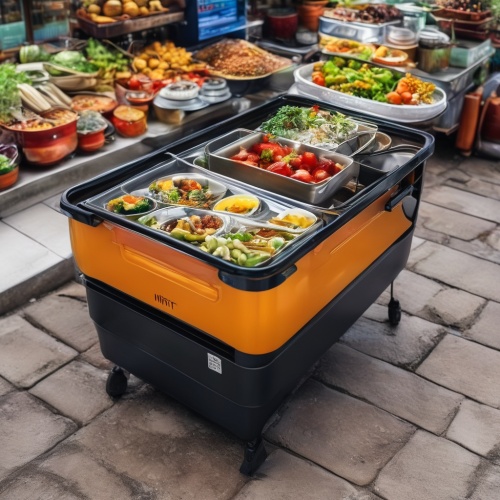 Mititei - Mititei are small, sausage-like rolls made from ground pork mixed with garlic, onion, and various spices. They're traditionally grilled, giving them a smoky flavor that pairs excellently with mustard and pickles. This beloved street food is a staple at picnics, sports events, and other gatherings throughout Romania.
Mititei - Mititei are small, sausage-like rolls made from ground pork mixed with garlic, onion, and various spices. They're traditionally grilled, giving them a smoky flavor that pairs excellently with mustard and pickles. This beloved street food is a staple at picnics, sports events, and other gatherings throughout Romania.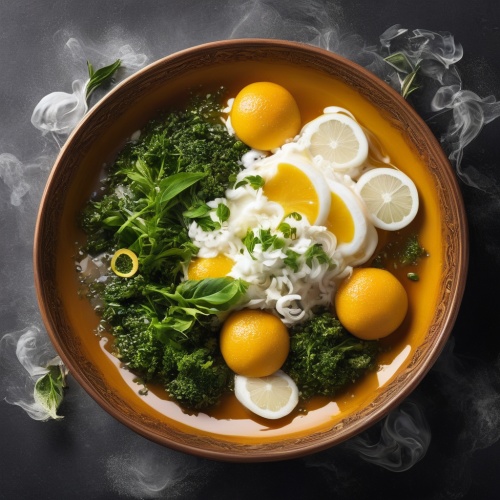 Ciorbă de burta - Also known as tripe soup, ciorbă de burta is a traditional Romanian dish made from the slow-cooked stomach lining of a cow or sheep. It's prepared with onions, potatoes, spices, and sometimes smoked pork. Often enjoyed by those seeking warmth on cold winter days, this hearty soup can be found simmering on backcountry stoves or in rural homes across Romania.
Ciorbă de burta - Also known as tripe soup, ciorbă de burta is a traditional Romanian dish made from the slow-cooked stomach lining of a cow or sheep. It's prepared with onions, potatoes, spices, and sometimes smoked pork. Often enjoyed by those seeking warmth on cold winter days, this hearty soup can be found simmering on backcountry stoves or in rural homes across Romania.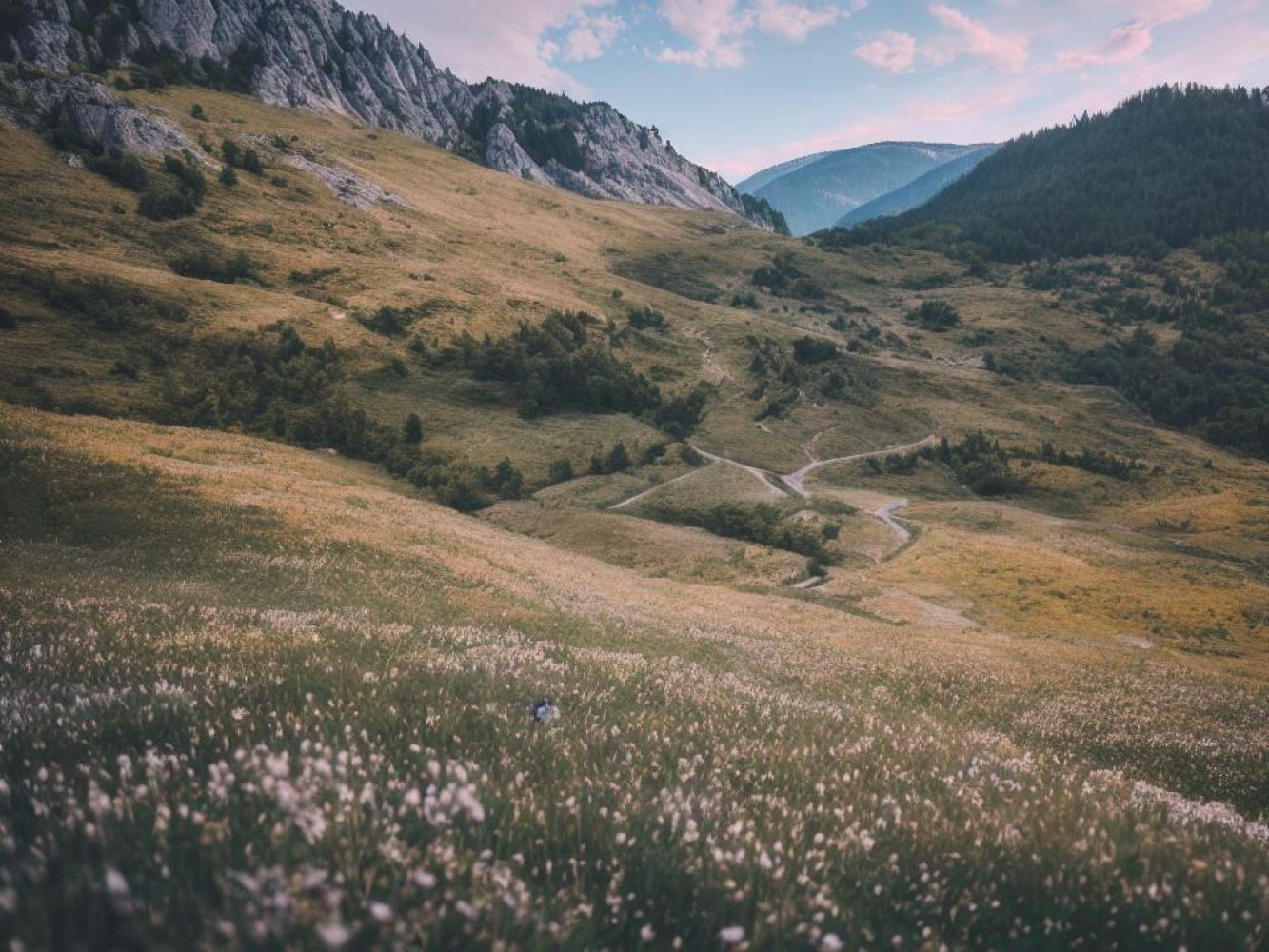
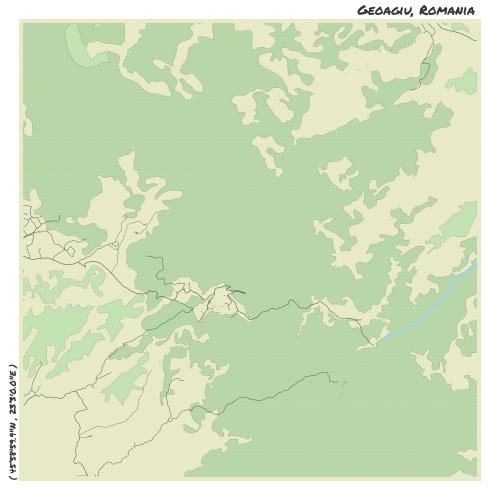
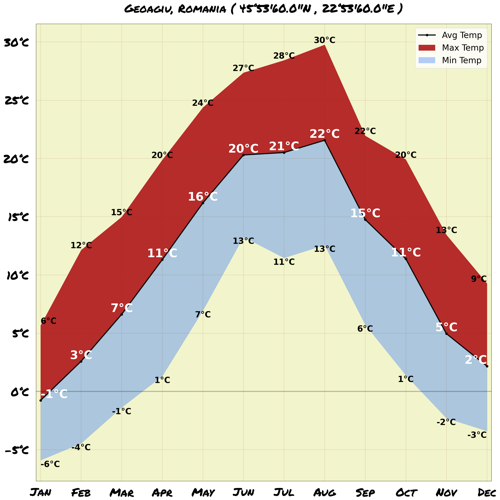
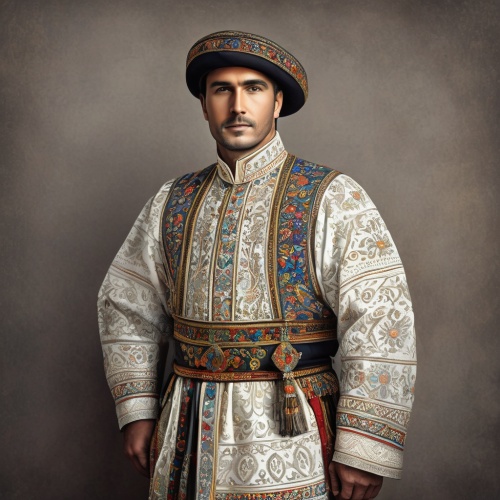
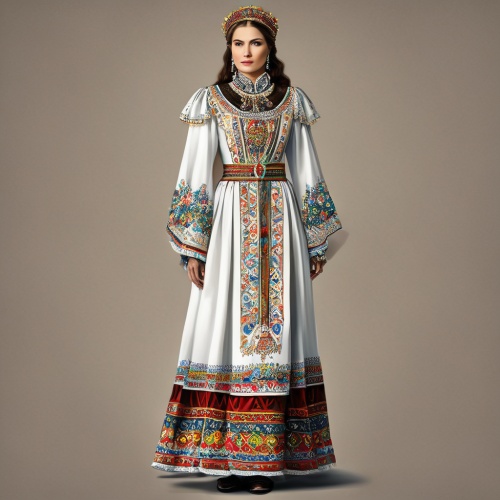
Comments
NO COMMENTS